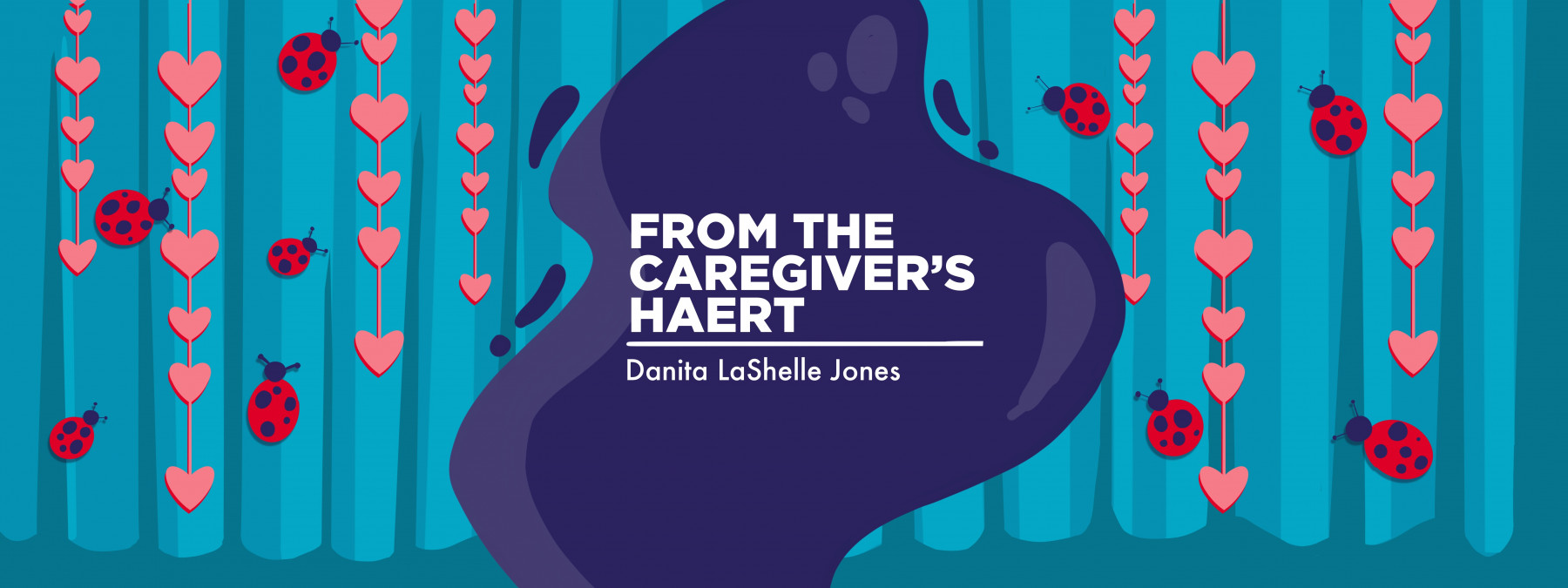How Our Daughter Defines Normal With Hereditary Angioedema
Written by |

With seconds left in the game and our team down by only a few baskets, we were on the edge of our seats. Because our church team was smaller than most, our starting lineup didn’t have the luxury of switching out with other players. The five star athletes, all high schoolers, were the only people who could lead us to victory.
This basketball game had been incredibly arduous due to its extended duration in an overheated gym. The only thing the players could rely on was a prepared team mom, who supplied cool towels and cups of water that our players were nearly drowning themselves in to stay hydrated.
When one of our players sank the game-winning three-point shot, our side of the gym erupted in cheers. Our church finally had bragging rights in our conference.
After hugging a few people in the stands, I glanced to the floor and watched the team mom hand out cold drinks and albuterol inhalers to every single member of the starting line. And each player graciously accepted, taking their much-needed puffs.
At the time, I’d failed to remember that the entire starting lineup suffered from severe asthma, and winning the championship game was more remarkable under these circumstances. Most people didn’t even know this fact because the team played like normal.
Normal. That was the favorite word of our oldest daughter, whom we nicknamed Ladybug, after she was diagnosed with asthma in 2017. The diagnosis came with its own set of challenges. We discovered it was heat- and exercise-induced, an issue that’s difficult to navigate during the summer months in the heart of the South. And after breathing issues would arise during gymnastics, PE, or just playing in the backyard, and she’d need to do a breathing treatment, I would hear her refrain: “I just want to be normal.”
I would hug her after she repeated that phrase and tell her the story of the basketball game where the entire starting line had her condition, but it didn’t stop them from winning the championship. I promised her that with rescue inhalers, inhaled steroids, and maybe the occasional nebulizer treatment, she would be able to accomplish whatever she put her mind to. Normal was within reach.
But by 2019, I felt like our family didn’t know the meaning of the word. With numerous infusions of Berinert, countless trips to the hospital, and unexplained swells, we seemed like the furthest thing from “normal.” As a mom, I felt like I was breaking my promise. Even when Ladybug was officially diagnosed with hereditary angioedema (HAE), I wasn’t relieved. I had no fun anecdotes or stories that could ease her mind. How could I convince her that she would be normal if I didn’t know she would be?
Soon, I became obsessed with trying to make Ladybug feel normal. We joined the U.S. Hereditary Angioedema Association, connected her with kids just like her, and even tried to make doctor and hospital visits fun and engaging. But at every turn, she would repeat her mantra: “I just want to feel normal.”
I probably could have saved an excessive amount of time and effort if I’d just asked Ladybug what her definition of normal was. When I finally did, she told me that she just wanted to feel like her HAE didn’t drive her life.
And then it happened. My mind rewound to that moment of that basketball game. But instead of remembering the team members using their inhalers, I remembered the mom. That mom was on the sidelines cheering on her son and his friends. She had all of the things they needed to succeed in the game they were playing. She wasn’t discouraging her son from playing; she was actively participating in his medical treatment so he could experience “normal.”
I don’t always get it right, and sometimes I find myself having to fight against expressing my verbal discomfort with whatever activity Ladybug has decided to do. Still, I do my very best to stand on the sidelines, sometimes with Berinert and Takhzyro (lanadelumab) in hand, to be the best cheerleader of “normal” I can possibly be.
Note: Angioedema News is strictly a news and information website about the disease. It does not provide medical advice, diagnosis, or treatment. This content is not intended to be a substitute for professional medical advice, diagnosis, or treatment. Always seek the advice of your physician or other qualified health provider with any questions you may have regarding a medical condition. Never disregard professional medical advice or delay in seeking it because of something you have read on this website. The opinions expressed in this column are not those of Angioedema News or its parent company, Bionews, and are intended to spark discussion about issues pertaining to angioedema.







Leave a comment
Fill in the required fields to post. Your email address will not be published.